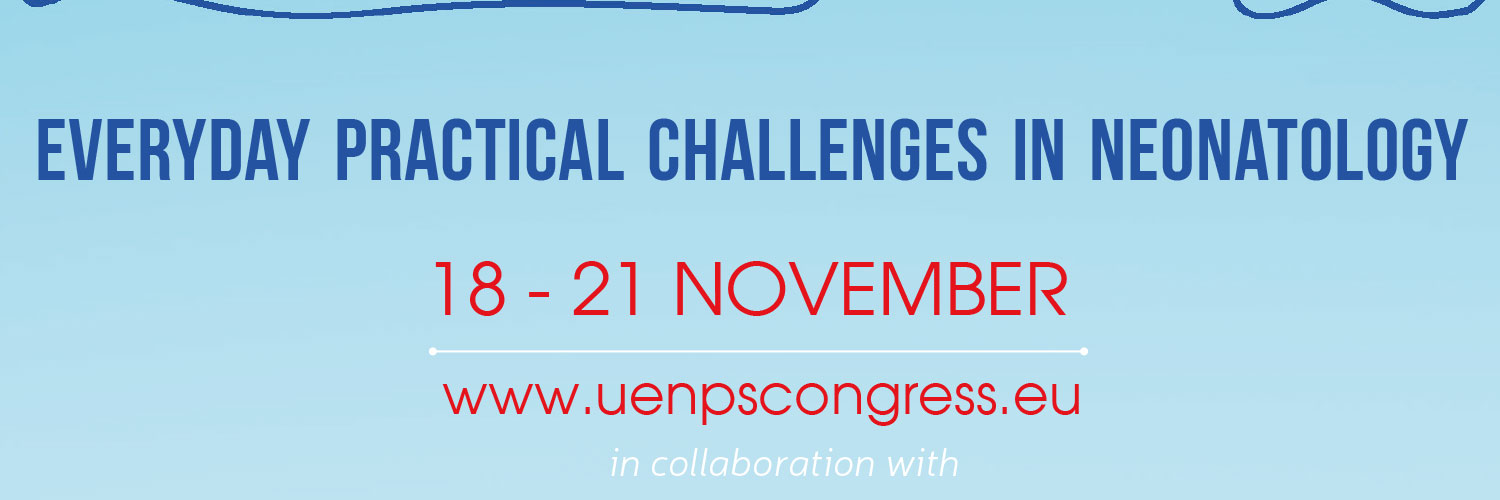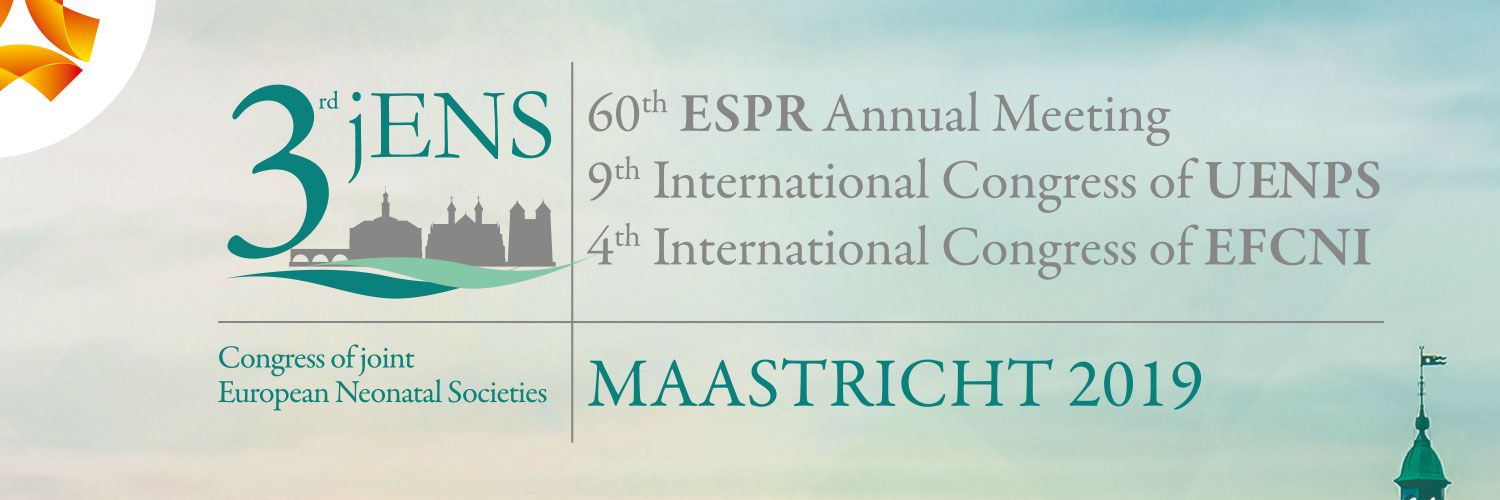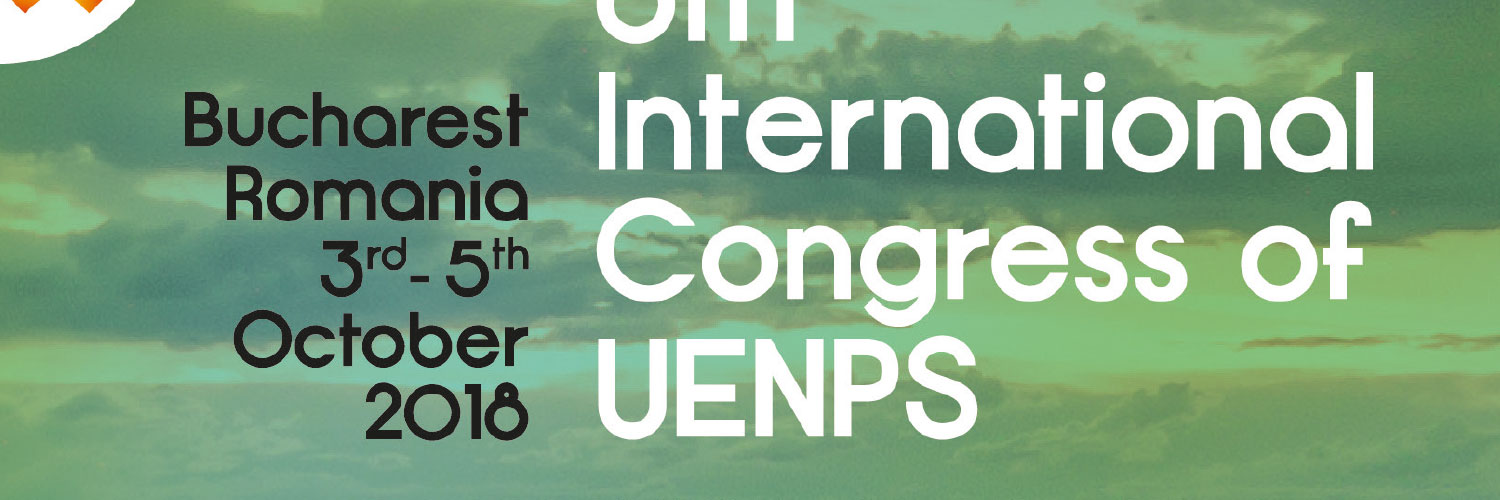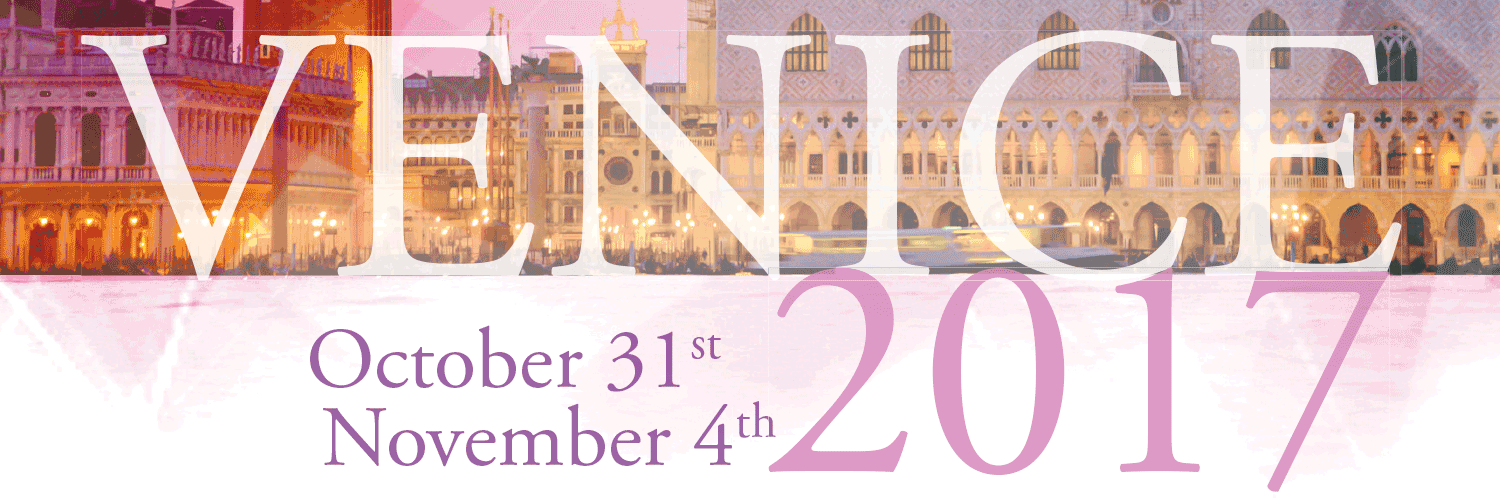Riccardo Davanzo, Guido Moro, Fabrizio Sandri, Massimo Agosti, Corrado Moretti, Fabio Mosca
MATERNAL & CHILD NUTRITION
(First published 03/04/2020)
https://doi.org/10.1111/mcn.13010
Abstract
The recent COVID-19 pandemic has spread to Italy with heavy consequences on public health and economics. Besides the possible consequences of COVID-19 infection on a pregnant woman and the fetus, a major concern is related to the potential effect on neonatal outcome, the appropriate management of the mother– newborn dyad, and finally the compatibility of maternal COVID-19 infection with breastfeeding. The Italian Society on Neonatology (SIN) after reviewing the limited scientific knowledge on the compatibility of breastfeeding in the COVID-19 mother and the available statements from Health Care Organizations has issued the following indications that have been endorsed by the Union of European Neonatal & Perinatal Societies (UENPS). If a mother previously identified as COVID-19 positive or under investigation for COVID-19 is asymptomatic or paucisymptomatic at delivery, rooming-in is feasible, and direct breastfeeding is advisable, under strict measures of infection control. On the contrary, when a mother with COVID-19 is too sick to care for the newborn, the neonate will be managed separately and fed fresh expressed breast milk, with no need to pasteurize it, as human milk is not believed to be a vehicle of COVID-19. We recognize that this guidance might be subject to change in the future when further knowledge will be acquired about the COVID-19 pandemic, the perinatal transmission of SARS-CoV-2, and clinical characteristics of cases of neonatal COVID-19.



